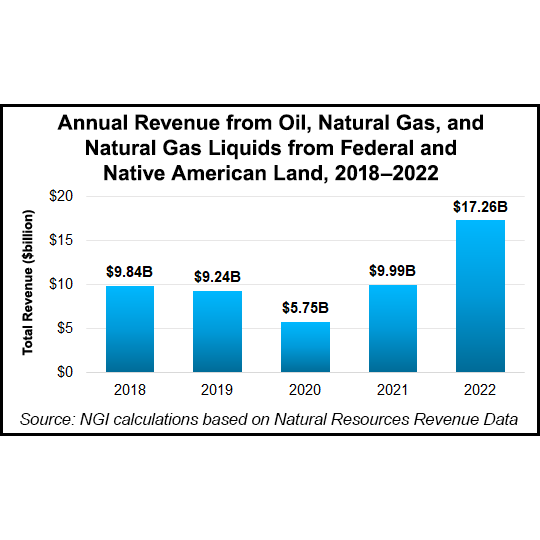Regulatory | NGI All News Access | NGI Mexico GPI | NGI The Weekly Gas Market Report
Federal Methane Prevention Proposal ‘Unrealistic and Arbitrary,’ Says Energy Industry
© 2024 Natural Gas Intelligence. All rights reserved.
ISSN © 2577-9877 | ISSN © 2577-9966 | ISSN © 1532-1266 | ISSN © 2158-8023 |



